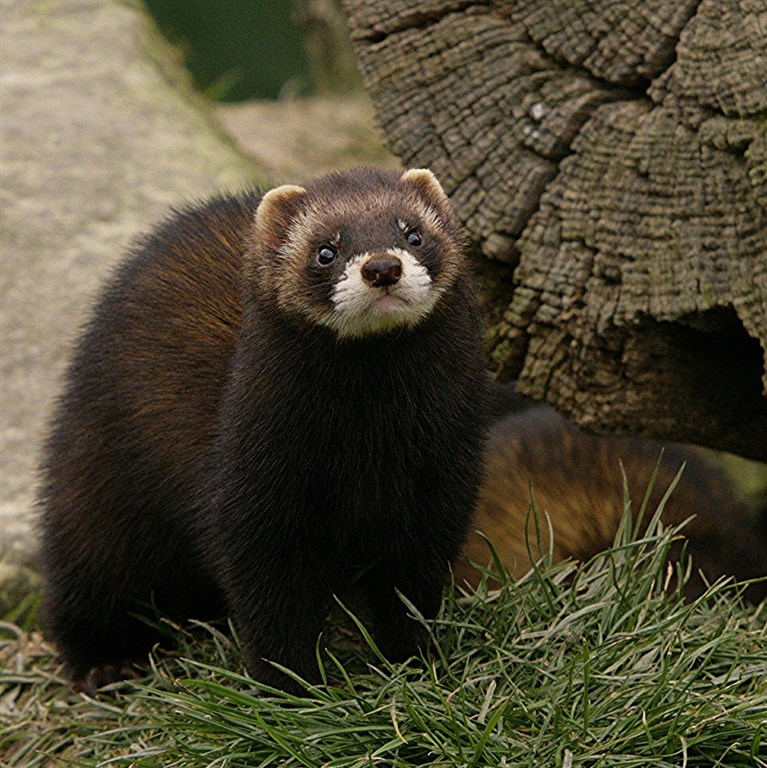Rare wildlife that can be found in North Wales

Berthlwyd Hall Holiday Park - August 17th 2022
Wales has world-renowned countryside. People travel far and wide to explore our scenery and with such incredible environments, amazing wildlife follows. In this blog post we’ll look at some of the rarer, harder to spot wildlife that we share this beautiful part of the world with.
Polecat
The polecat is a cousin of the ferret and is similar in size. They have been persecuted throughout history with a reputation as “bloodthirsty animals” during the reign of Elizabeth I and numbers dropped as a consequence. They are two-tone in colour with white stripes across their dark faces and they have short, dark tails and rounded ears.
They can be found in rural parts of Wales and may be found down rabbit holes looking for their next meal!
Pine marten
The pine marten is nocturnal and very hard to spot but there are indeed fragmented populations to be found in North Wales.
They live mainly in woodland environments, climbing and residing in tree holes or old bird nests. They have a varied diet and feed on small rodents, birds, eggs, insects, and fruits – they have also been known to visit bird tables if given nuts and raisins!
They can be identified by their chestnut-brown coats and a yellow “bib” on their chin and throat. In the Summer months, listen out for their shrill cat-like calls when its mating season.
Fallow deer
This particular species of deer is now considered naturalised after a long history in the United Kingdom since they were introduced by the Normans!
It’s always a thrill and a real joy to spot beautiful deer out in the countryside. Males will have the characteristic antlers and in the Autumns months will “rut” and make loud belly noises to mark territory and fight over females. The fights can be violent and dangerous - the resultant fawns are born in the Summer.
Adder
The United Kingdom’s only venomous snake. You can spot this indigenous species of reptile basking in the sunshine in woodland or heathland between March and October when they come out of hibernation.
The adder can grow as long as 80cm and live up to 15 years. It is greyish in colour with a distinctive dark zig-zag pattern down its back – plus red eyes.
Like the fallow deer mentioned above, the adder also duels with competing males for to win females’ approval and mating reasons.
<< Back To Blog